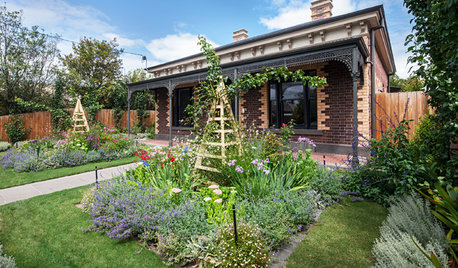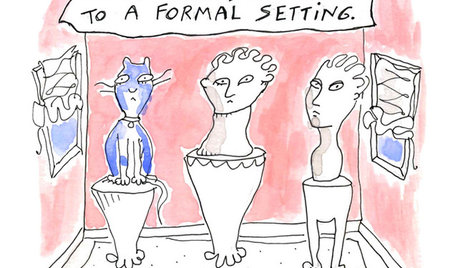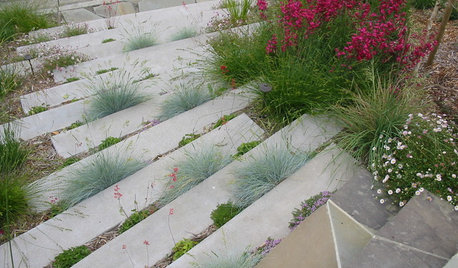Hydroponic Green Peas, Newbie please help!
PupillaCharites
10 years ago
Related Stories

SUMMER GARDENINGHouzz Call: Please Show Us Your Summer Garden!
Share pictures of your home and yard this summer — we’d love to feature them in an upcoming story
Full Story
EDIBLE GARDENSAn Edible Cottage Garden With a Pleasing Symmetry
The owners of this cottage garden in Australia grow vegetables, herbs and fruit to delight their family and friends
Full Story
MOST POPULAR7 Ways Cats Help You Decorate
Furry felines add to our decor in so many ways. These just scratch the surface
Full Story
MOST POPULAR7 Ways to Design Your Kitchen to Help You Lose Weight
In his new book, Slim by Design, eating-behavior expert Brian Wansink shows us how to get our kitchens working better
Full Story
MOST POPULARHow to Start a Cool-Season Vegetable Garden
Late summer and late winter are good times to plan and plant cool-season crops like salad greens, spinach, beets, carrots and peas
Full Story
COLORExterior Color of the Week: 6 Ways With Sage Green
See how to set your home apart with this popular green
Full Story
COLORBest Ways to Use the Neutral Green Color of 2015
Benjamin Moore’s Color of the Year is soft and natural
Full Story
LIFEEasy Green: Modern Homesteaders Stake a Claim
With more options for raising chickens, growing edibles and keeping bees than ever, suburban and city folk are rediscovering a lost art
Full Story
PLANTING IDEASPlant Your Hardscape for Unexpected Green
Nestle greenery among pavers, steps and more for a yard brimming with life and creativity
Full Story
GREENColor Guide: How to Work With Chartreuse
As earthy or electric as you please, this yellow-green hue brings the zing or just freshness to homes from traditional to modern
Full Story






PupillaCharitesOriginal Author
grizzman
Related Professionals
Kyle Landscape Architects & Landscape Designers · Norton Shores Landscape Architects & Landscape Designers · Centereach Landscape Contractors · Chattanooga Landscape Contractors · Edwardsville Landscape Contractors · Los Banos Landscape Contractors · Lynn Landscape Contractors · New Providence Landscape Contractors · Parker Landscape Contractors · South Hackensack Landscape Contractors · South Lyon Landscape Contractors · Wailuku Landscape Contractors · Webster Groves Landscape Contractors · Vadnais Heights Landscape Contractors · Ferguson Landscape ContractorsRio_Grande
PupillaCharitesOriginal Author
grizzman
PupillaCharitesOriginal Author
grizzman
PupillaCharitesOriginal Author
grizzman
PupillaCharitesOriginal Author
grizzman
PupillaCharitesOriginal Author